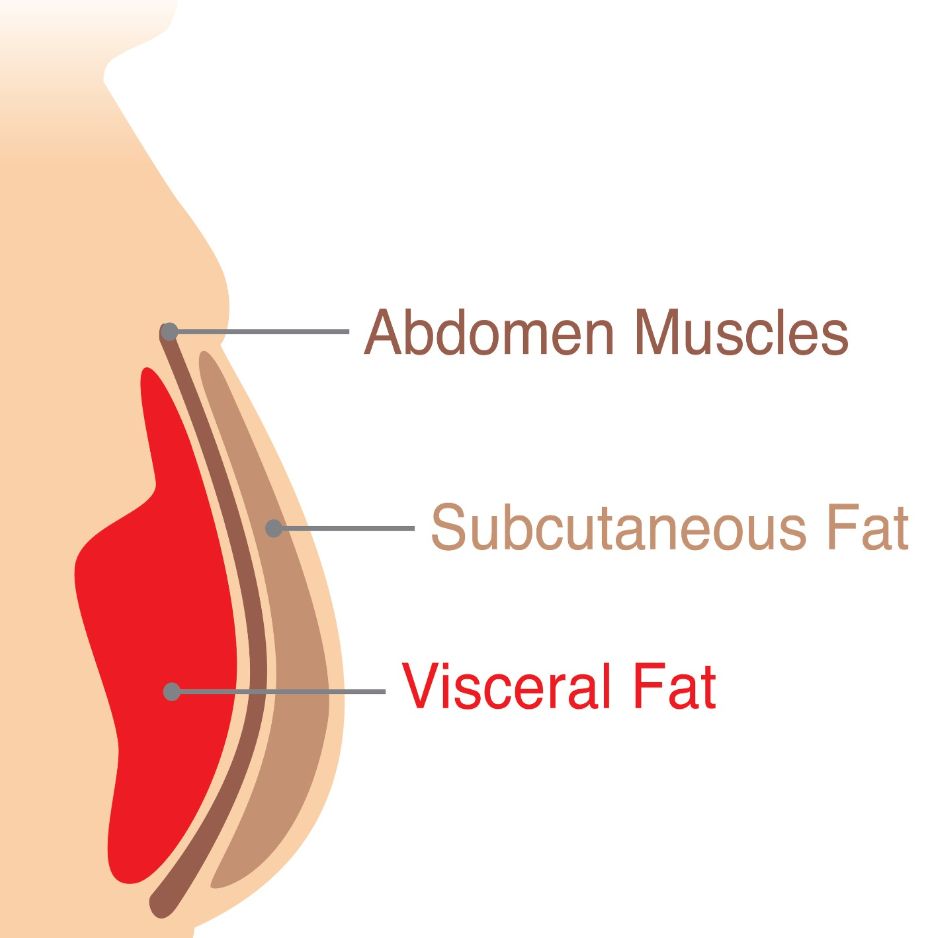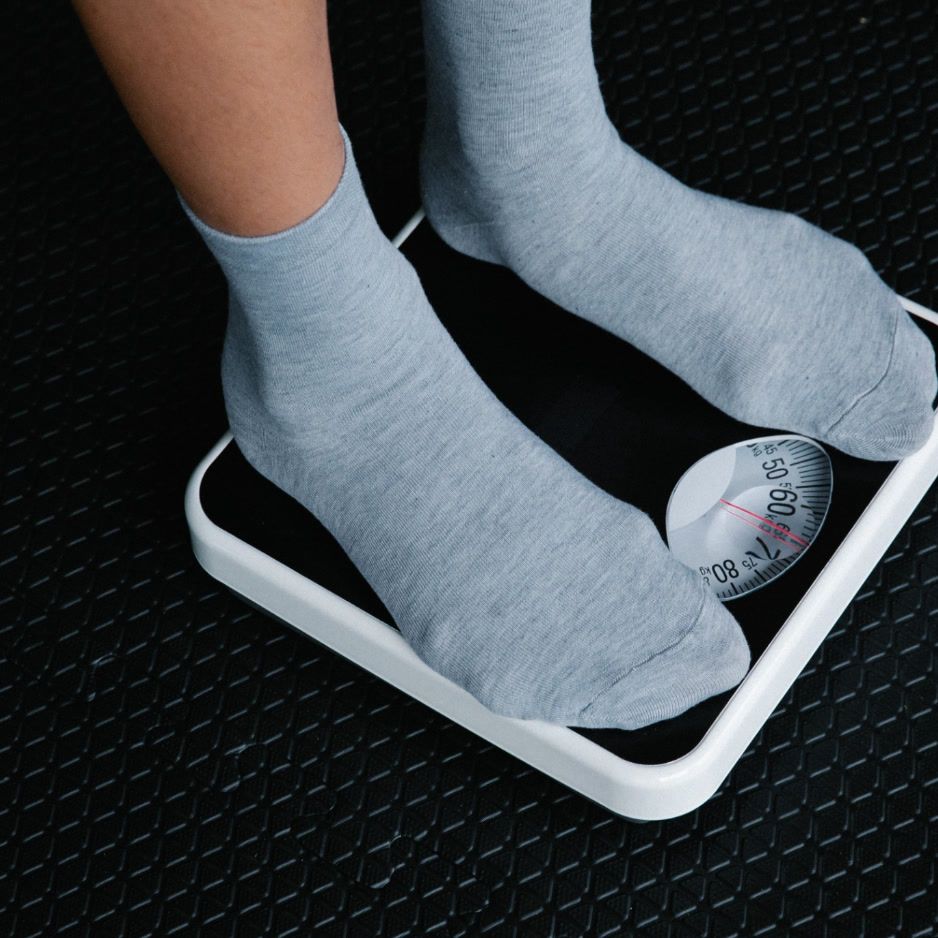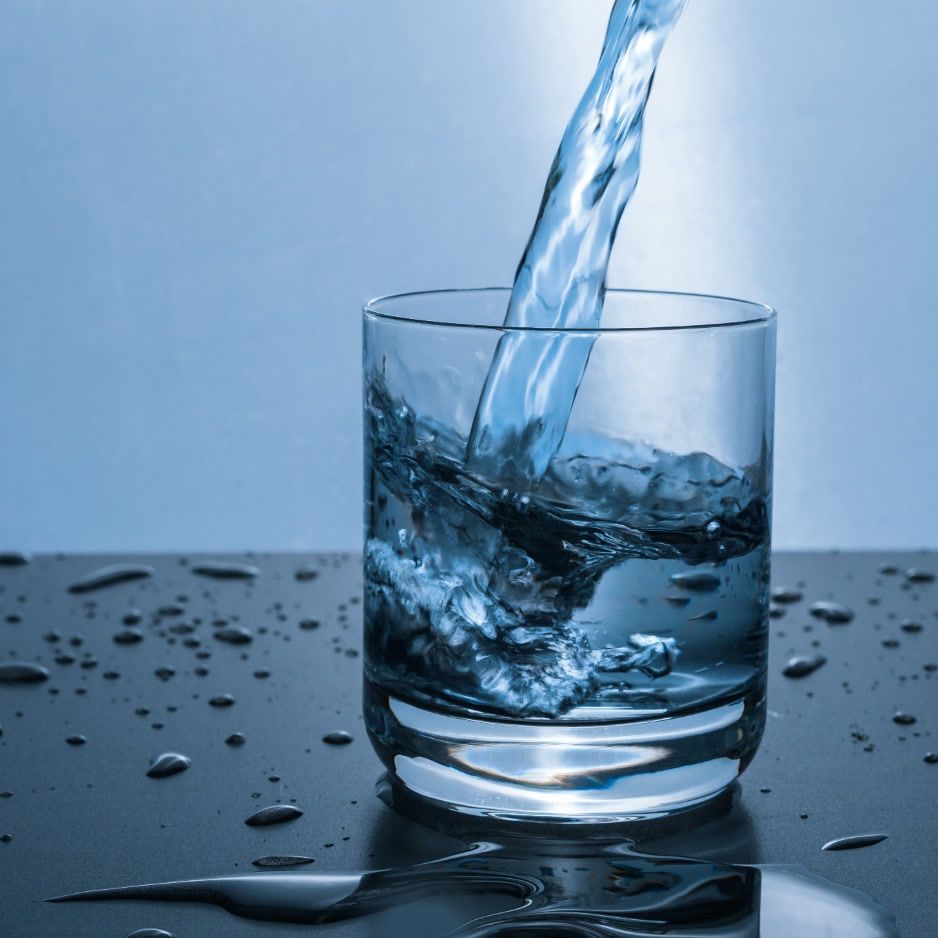Losing Fat Without Losing Muscle: Science-Backed Body Recomposition Guide

Losing Fat Without Losing Muscle: The Science-Backed Guide to Body Recomposition
Introduction
Losing fat without losing muscle, a process known as body recomposition, is a primary goal for individuals seeking to improve their physique and metabolic health. Successful body transformation hinges on understanding the science behind simultaneous fat loss and muscle preservation.
This guide synthesizes the latest scientific findings, including recent 2024 studies, with field-tested strategies that have been validated in both laboratory settings and real-world applications.
Whether you're a fitness newcomer wanting to avoid the "skinny-fat" look or an experienced lifter looking to refine your approach, this guide provides the roadmap you need. You'll learn exactly how to transform your physique while maintaining metabolic health through evidence-based methods.
Why Preserving Muscle During Fat Loss Matters
Before diving into the "how," let's understand the "why." Losing muscle mass during weight loss isn't just an aesthetic concern—it has profound metabolic and health implications.
The Metabolic Consequences of Muscle Loss
Skeletal muscle is metabolically active tissue, burning approximately 6 calories per pound per day at rest. When you lose muscle mass during a diet, you're essentially downgrading your body's engine, making future fat loss harder and weight regain more likely.
This state of energy restriction can suppress muscle protein synthesis, creating a cascading effect that makes maintaining lean mass increasingly difficult over time.
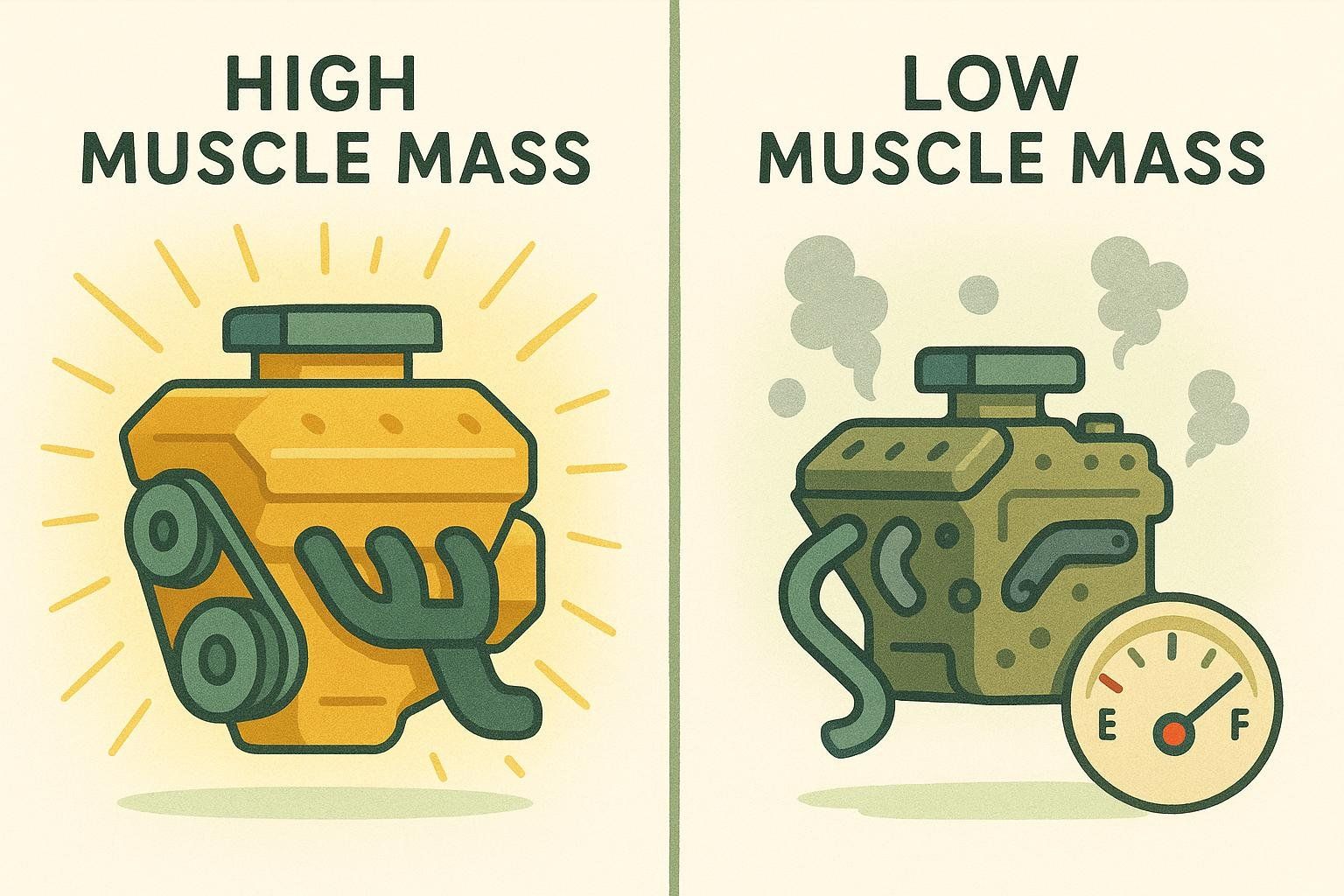
Beyond Aesthetics: Functional and Health Benefits
Maintaining muscle mass during fat loss provides benefits that extend far beyond appearance:
- Enhanced insulin sensitivity and glucose metabolism
- Improved bone density and fracture resistance
- Better functional movement and injury prevention
- Preserved metabolic rate for long-term weight maintenance
- Reduced risk of sarcopenia as you age
The Three Pillars of Fat Loss Without Muscle Loss
1. Strategic Nutrition: The Foundation

Protein Intake: Your Muscle-Preserving Insurance Policy
Protein requirements during fat loss are significantly higher than during maintenance phases. Recent 2024 meta-analysis research established that consuming over 1.3 g/kg/day of protein is a critical threshold to prevent muscle decline, while intakes below 1.0 g/kg/day increase the risk of muscle loss. For optimal results, however, the recommended target is higher.
Practical protein targets:
- General population: 1.6-2.2 g per kg of body weight (0.7-1.0 g per pound)
- Active individuals: Up to 2.3-3.1 g per kg of fat-free mass for advanced athletes (Note: This calculation requires body composition analysis and provides more precise targeting for leaner individuals)
Creating the Right Energy Deficit
The size of your caloric deficit determines whether you lose mostly fat or a mixture of fat and muscle. Research consistently shows that moderate deficits preserve muscle better than aggressive approaches.
Optimal deficit ranges:
- Conservative: 300-500 calories below maintenance (ideal for muscle preservation)
- Moderate: 500-750 calories below maintenance (acceptable for most individuals)
- Aggressive: 750+ calories below maintenance (higher risk of muscle loss)
Smart Carbohydrate and Fat Distribution
While protein gets the spotlight, don't neglect carbohydrates and fats:
- Carbohydrates: Fuel performance and aid recovery by strategically timing intake around your workouts
- Fats: Maintain at least 20-25% of total calories to support hormone production
2. Resistance Training: The Non-Negotiable Component
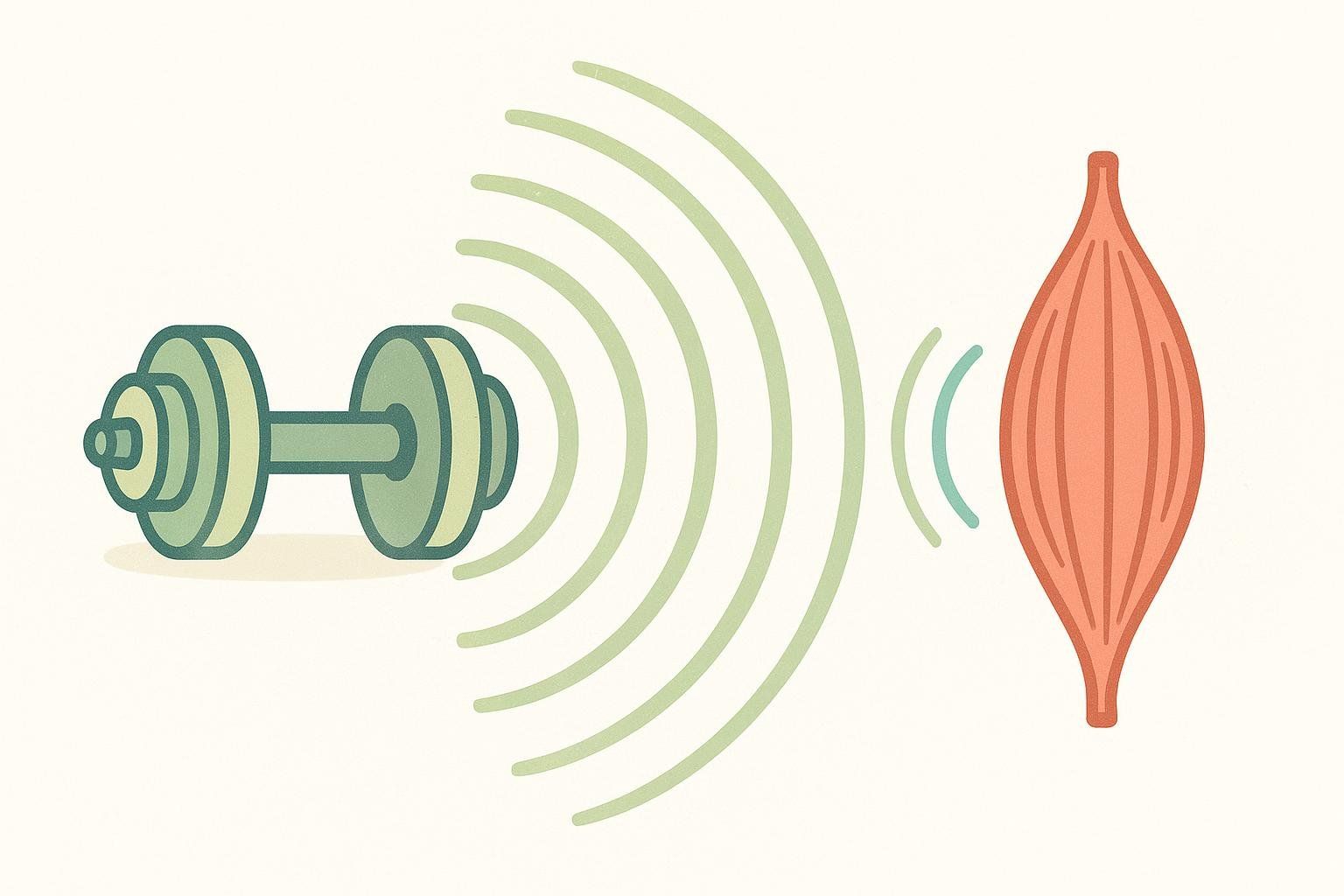
Why Resistance Training Is More Critical Than Cardio for Muscle Preservation
While cardio can aid fat loss, resistance training is the primary signal for your body to maintain muscle mass during a caloric deficit. A comprehensive 2024 review emphasizes that resistance training prevents muscle loss induced by energy restriction through several mechanisms:
- Mechanical stimulus for muscle protein synthesis
- Enhanced insulin sensitivity in muscle tissue
- Preserved strength and functional capacity
- Improved muscle composition by reducing intramuscular fat
Optimal Training Parameters for Fat Loss and Muscle Preservation
Frequency: 3-4 resistance training sessions per week minimum
Volume: 10-20 sets per muscle group per week
Intensity: 65-80% of 1-rep max (approximately 8-12 reps per set)
Rest: 2-3 minutes between compound movements, 1-2 minutes for isolation exercises
Full-Body vs. Split Routines: What the Latest Research Says
Emerging 2024 research suggests a potential advantage for full-body routines in promoting fat loss. Participants performing full-body workouts experienced greater fat mass loss than those using traditional split routines, possibly due to:

- Lower levels of muscle soreness allowing for higher overall activity
- Greater total energy expenditure across the week
- Enhanced recovery between sessions
3. Recovery and Lifestyle Optimization
The Critical Role of Sleep in Body Recomposition
Quality sleep is perhaps the most undervalued component of successful body recomposition. Poor sleep:
- Suppresses muscle protein synthesis by up to 18%
- Increases cortisol and ghrelin (hunger hormone) levels
- Reduces testosterone and growth hormone production
- Impairs insulin sensitivity and glucose metabolism
Sleep optimization strategies:
- Aim for 7-9 hours of quality sleep nightly
- Maintain consistent sleep and wake times
- Create a cool, dark sleeping environment
- Limit screen time 1-2 hours before bed
Stress Management and Cortisol Control
Chronic stress elevates cortisol levels, which can accelerate muscle breakdown and promote fat storage, particularly in the abdominal region. Effective stress management techniques include:
- Regular meditation or mindfulness practices
- Strategic rest days in your training program
- Social support and stress-reducing hobbies
- Consider consulting licensed professionals, such as a therapist or registered dietitian, for personalized strategies
Advanced Strategies for Different Populations
The Fitness Newcomer: Building Momentum
If you're new to structured training and nutrition, you have a unique advantage: "newbie gains." Your body is primed for rapid positive adaptations, making simultaneous fat loss and muscle gain highly achievable.
Sample 12-Week Beginner Framework:
Weeks 1-4: Foundation Building

- Consistent meal timing and protein intake are established
- Proper form on compound movements (squats, deadlifts, presses, rows) is learned
- Progress is tracked with weekly photos and measurements
- A baseline DEXA scan is performed to establish starting body composition
Weeks 5-8: Progressive Overload Introduction
- Training weights are gradually increased by 2.5-5 lbs when all prescribed reps can be completed
- Basic periodization with higher-carb refeed days is introduced
- 10-15 minutes of low-intensity cardio post-workout is added
Weeks 9-12: Refinement and Assessment
- A second DEXA scan is conducted to quantify changes in muscle and fat mass
- Caloric intake is adjusted based on rate of fat loss (aim for 0.5-1 lb per week)
- Results are assessed and new goals are set for either continued fat loss or a muscle-building phase
Sample Day Meal Plan for Beginners
| Meal | Example (Approx. Protein) |
|---|---|
| Breakfast | Greek yogurt with berries and oats (35g protein) |
| Lunch | Turkey and avocado wrap with side salad (30g protein) |
| Dinner | Grilled salmon with quinoa and roasted vegetables (40g protein) |
| Snack | Protein smoothie with banana and spinach (25g protein) |
Note: This is a sample plan. Individual calorie and macronutrient needs will vary. Consult with a registered dietitian to create a personalized plan.
Advanced Strategies for the Experienced Lifter
Experienced lifters face unique challenges during fat loss phases. Your body is adapted to training stimuli, making muscle preservation more difficult. Advanced strategies become essential.
Periodized Protein Cycling
Recent research suggests that experienced athletes may benefit from cycling protein intake:
- Training days: 2.3-3.1 g per kg of fat-free mass
- Rest days: 1.6-2.2 g per kg of body weight
Note: The training day calculation requires data from a body composition analysis and is most accurate for leaner individuals.
Understanding Aggressive Cutting Phases
Aggressive cutting creates large caloric deficits (750-1,000+ calories below maintenance) for rapid fat loss. While sometimes used by competitive bodybuilders under close supervision, this high-risk approach carries significant dangers including rapid muscle loss, hormonal disruption, and metabolic slowdown. Most dedicated lifters should avoid these extreme methods in favor of sustained, moderate deficits with strategic refeeds.
Advanced Training Techniques
- Drop sets and cluster sets to maintain training volume despite reduced energy
- Flexible periodization alternating between hypertrophy and strength phases
- Strategic deloads every 4-6 weeks to manage fatigue
Preserving Muscle and Vitality After 50
Age-related muscle loss (sarcopenia) accelerates after 50, making muscle preservation during fat loss even more critical. However, research confirms that older adults can successfully achieve body recomposition with the right approach.
Special Considerations for Mature Adults:
Enhanced Protein Requirements
- Minimum 1.2 g per kg body weight, preferably 1.6+ g per kg with exercise
- Post-menopausal women: At least 1.2 g per kg, with adequate protein per meal being critical for muscle protein synthesis
- Priority on high-quality, easily digestible protein sources with complete amino acid profiles and high leucine content, critical for stimulating muscle protein synthesis: whey protein, fish, poultry, Greek yogurt, and eggs
- Consider spreading protein intake across 4-5 meals rather than 3 large ones
Low-Impact Resistance Training Focus

- Emphasize compound movements with controlled ranges of motion
- Include balance and stability challenging exercises
- Consider machine-based exercises to reduce joint stress while maintaining muscle stimulus
Joint-Friendly Exercise Modifications:
- Squat variations: Goblet squats, chair-assisted squats, Bulgarian split squats
- Upper body: Seated rows, incline presses, resistance bands
- Core stability: Bird dogs, dead bugs, modified planks
Recovery Prioritization
- Allow 48-72 hours between training the same muscle groups
- Incorporate gentle movement on off-days (walking, yoga, swimming)
- Monitor sleep quality more closely as sleep efficiency often declines with age
Tracking Progress: Beyond the Scale
Why DEXA Scans Are the Gold Standard
Traditional progress tracking methods—bathroom scales, progress photos, body fat calipers—can't distinguish between muscle and fat changes with precision. DEXA (dual-energy X-ray absorptiometry) scanning provides detailed body composition analysis, showing exactly how much fat you're losing and muscle you're maintaining or gaining.
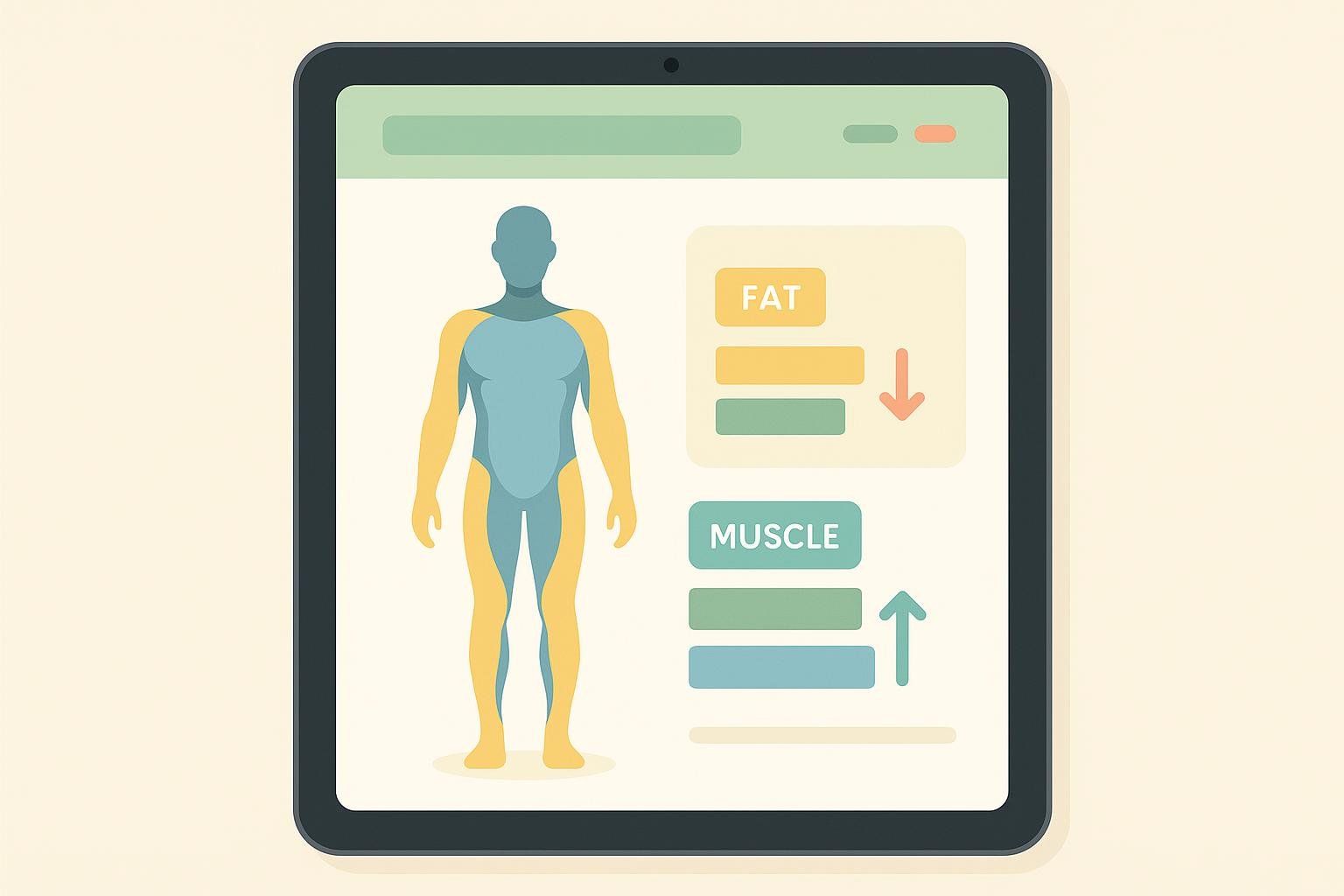
Key DEXA metrics for body recomposition:
- Total fat mass and regional fat distribution
- Lean mass in arms, legs, and trunk
- Visceral fat levels (crucial for health outcomes)
- Bone density as a bonus health marker
Understanding where your current body fat percentage falls within healthy ranges can help contextualize your results. Referencing a body fat percentage chart provides valuable perspective on realistic goals and timelines for your transformation.
Suggested DEXA scanning schedule:
- Baseline scan before starting your program
- Follow-up scan every 8-12 weeks
- Additional scans if you plateau or significantly change your approach
Additional Progress Markers
Performance metrics:
- Strength increases in major compound lifts
- Training volume capacity (total sets x reps x weight)
- Recovery between workout sessions
Anthropometric measures:
- Waist circumference (strong predictor of visceral fat)
- Progress photos from consistent angles and lighting
- How your clothes fit, particularly around the waist and hips
Metabolic health markers:
- Energy levels throughout the day
- Sleep quality and duration
- Hunger and satiety cues
- Mood and cognitive function
Troubleshooting Common Challenges
Plateau Breaking Strategies
Fat Loss Plateaus (No change in weight or measurements for 2+ weeks):
Follow this troubleshooting protocol in order:
- Increase daily movement (add 2,000 steps or 10 minutes of walking)
- Implement one refeed day per week (maintenance calories, high carbs)
- If still stalled, reduce caloric intake by an additional 150-200 calories
- As a final step, add moderate cardio 15-20 minutes, 2-3 times per week
Strength Loss During Deficit:
- Prioritize peri-workout nutrition (protein + carbs before and after training)
- Reduce training volume by 10-15% while maintaining intensity
- Ensure adequate sleep and stress management
- Consider a diet break (1-2 weeks at maintenance calories)
Excessive Hunger and Cravings:
- Increase fiber intake to 35-40g per day
- Add more volume to meals with low-calorie vegetables
- Ensure fat intake remains around 20-25% of your total calories to support hormone production and satiety
- Schedule planned 'refeed' or higher-calorie meals to improve long-term dietary adherence and manage cravings
Managing Social Situations
Restaurant dining:
- Review menus in advance and identify protein-rich options
- Ask for dressings and sauces on the side
- Request substitutions (vegetables instead of refined starches)
- Practice portion control by eating slowly and mindfully
Social events and alcohol:
- Eat a protein-rich meal before attending events
- Choose lower-calorie alcoholic beverages (spirits with soda water)
- Alternate alcoholic drinks with water
- Plan for the extra calories by reducing intake earlier in the day
Integration with Modern Weight Loss Medications
A critical consideration in modern weight management is the impact of popular GLP-1 medications. While effective for fat loss, research shows they can also cause significant muscle loss if not paired with proper diet and exercise. However, combining these medications with resistance training and adequate protein intake effectively preserves muscle mass as demonstrated in 2024 studies.
Key strategies for those using GLP-1 medications:
- Maintain protein intake of at least 1.2g per kg body weight, preferably higher
- Prioritize resistance training 3-4 times per week
- Monitor body composition changes with regular DEXA scans
- Work with healthcare providers to optimize medication dosing and timing
This approach represents an important emerging trend in precision weight management. It allows individuals to harness the powerful fat-loss effects of these medications while preserving precious muscle tissue.
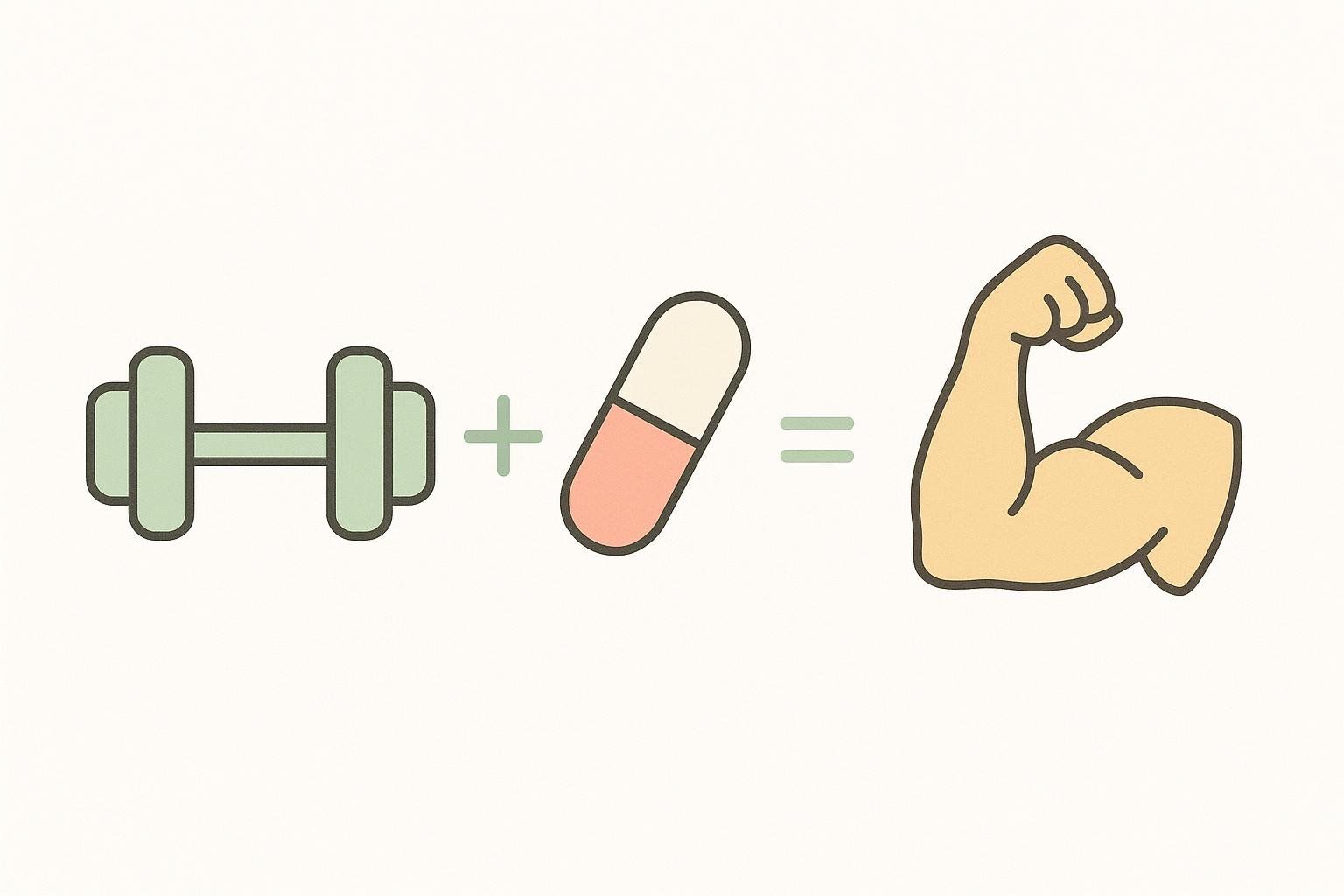
Frequently Asked Questions About Fat Loss and Muscle Preservation
How can I lose fat without losing muscle?
The key to losing fat while preserving muscle lies in three fundamental principles: maintaining adequate protein intake (1.6-2.2g per kg body weight), following a moderate caloric deficit (300-500 calories below maintenance), and engaging in regular resistance training 3-4 times per week. This combination signals your body to preserve muscle tissue while using stored fat for energy.
Can you lose body fat percentage without losing muscle?
Yes, you can absolutely lose body fat percentage without losing muscle mass. In fact, this is the ideal scenario for body recomposition. By maintaining or even gaining muscle while losing fat, your body fat percentage decreases significantly.
Is it possible to lose fat and no muscle?
It is possible to lose fat with minimal to no muscle loss when following evidence-based protocols. The key factors include adequate protein intake, resistance training, moderate caloric deficits, and sufficient recovery. While some muscle loss during aggressive dieting is common, following the strategies outlined in this guide can minimize or eliminate muscle loss entirely.
Can you lose 2 pounds a week without losing muscle?
Losing 2 pounds per week without losing muscle is extremely difficult and generally not recommended because it requires a large deficit that increases muscle loss risk. This rate (equivalent to a 1,000-calorie daily deficit) significantly raises the chances of losing muscle tissue alongside fat. Research consistently shows that moderate deficits of 300-500 calories (0.5-1 pound per week) are optimal for maintaining muscle mass. While such rapid loss is sometimes attempted by advanced athletes for short, specific periods, it requires expert supervision and carries a high risk of muscle loss that is unsuitable for most individuals.
Your Next Steps: From Knowledge to Action
Week 1-2: Foundation Setting
- Calculate your baseline caloric needs and protein targets
- Schedule a baseline DEXA scan at your nearest BodySpec location
- Establish a consistent meal prep and training routine
- Begin tracking key metrics beyond just body weight
Week 3-8: Implementation and Refinement
5. Monitor weekly progress and adjust macronutrients as needed
- Focus on progressive overload in your resistance training
- Optimize sleep and stress management practices
- Stay consistent with high-protein intake, especially on rest days
Week 9-12: Assessment and Planning
9. Schedule your follow-up DEXA scan to quantify changes
- Evaluate which strategies worked best for your lifestyle
- Plan your next phase—whether continuing fat loss, maintenance, or muscle gaining
Take Action Today
Ready to start your evidence-based body recomposition journey? Book your baseline DEXA scan today to establish precise starting metrics. With convenient BodySpec locations, you can access the same gold-standard technology used by elite athletes and researchers.
Your body composition transformation starts with accurate data, not guesswork. Schedule your scan and join thousands who have successfully lost fat while preserving—or even building—muscle mass.
